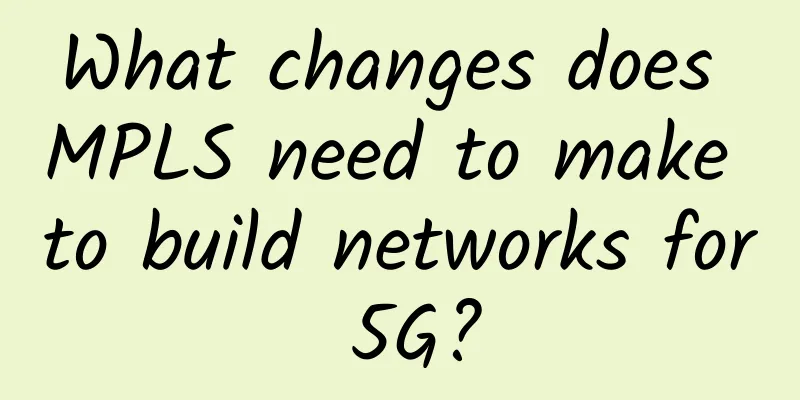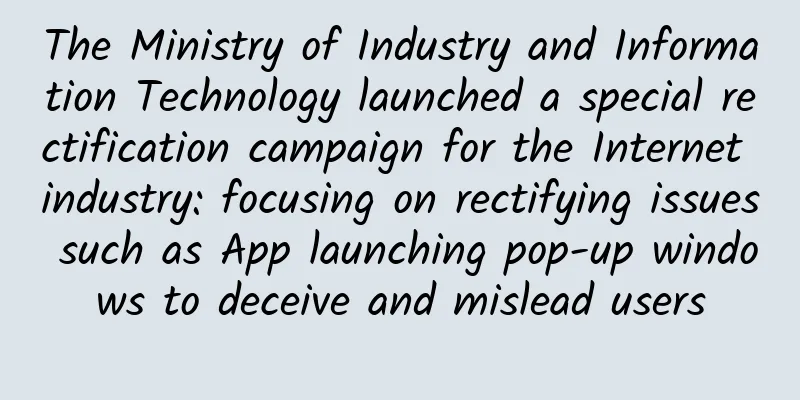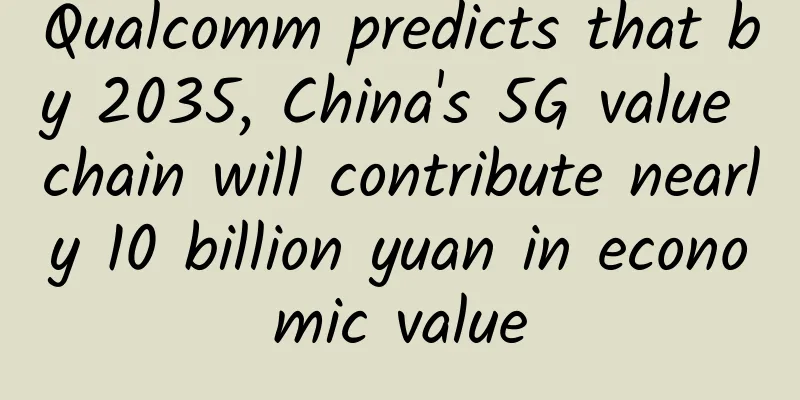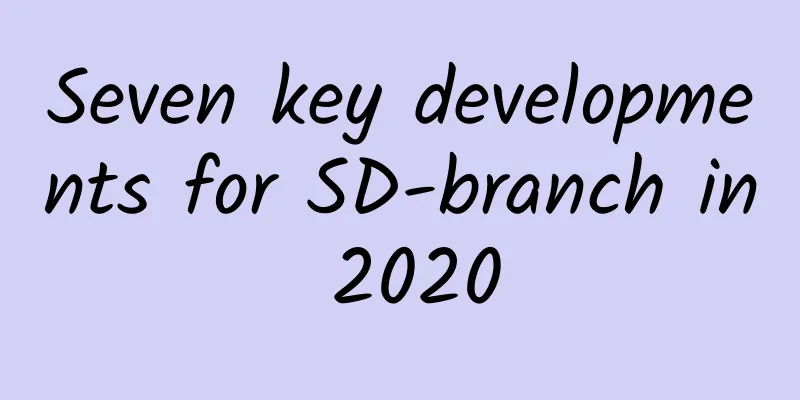What changes does MPLS need to make to build networks for 5G?

|
5G has unique challenges in not only enabling services such as mobile phones and ultra-wideband, but also enabling new services with different characteristics. These services include low-latency machine communications, such as autonomous vehicles and the Internet of Things (IoT), which could see more than a million devices per square kilometer. This requires significant changes to the wide area network to meet the requirements required by different applications, such as reliability, scalability, low latency and connectivity. 5G makes decentralized data center architectures possible, such as multi-edge computing or MEC. This article will focus on how the IP/MPLS (Multi-Protocol Label Switching) backbone adapts to MEC and the changes required to make WAN services seamlessly connect to data centers, including the protocols required to achieve this goal. But first we must understand the basic principles of 5G network architecture.
As mentioned earlier, 5G will introduce more elements and services than ever before in wireless networks. 5G services are designed to provide 10 Gb/s peak data rates and a large number of device connections, and the primary requirement is to avoid scaling bottlenecks cost-effectively, which requires the adoption of cloud native principles such as the separation of user and control planes (CUPS). Cloud native services will require end-to-end (E2E) traffic engineering, and the network structure needs to be designed to allow granular slicing for both per-service and per-tenant. Full virtualization also requires dynamic provisioning and automatic connection of network functions (NFs) into service chains. To ensure that the goals of the strategy are consistent with the user's ultimate QoE results, closed-loop feedback loop guarantees will enable continuous monitoring and dynamic resource adjustments of SLAs. Instead of viewing WAN and data center networks in isolation, we need an open, scalable and unified network architecture that seamlessly unifies these worlds in the telco cloud. Therefore, the physical network function (PNF) must be virtualized, which means that the user network demarcation point can be moved from the physical interface on the network device or gateway to the virtual network interface on the application server. As the UNI moves to the server or leaf switch, the service data path will be extended across the WAN to the data center infrastructure to meet deterministic performance requirements. How to do this? Seamless MPLS provides a good foundation and starting point for achieving these functions. MPLS has a history of 10 years and is a mature protocol. MPLS provides an end-to-end network architecture, achieving seamless interoperability and layer 2/3 service convergence between large-scale network domains. However, it does not provide end-to-end traffic engineering, nor can it achieve seamless interconnection of VNFs to data centers, nor does it support transport network slicing or service function chaining. To achieve these capabilities, we need to evolve from seamless MPLS to 5G technologies that meet more functions. Improved seamless MPLS needs to enable flexible and seamless connectivity for distributed network file systems (NFS) in the telecom cloud edge and core data centers. A unified IP/MPLS WAN is still critical, but it ultimately needs to support end-to-end topology awareness and service-oriented traffic engineering to ensure the effectiveness of service level agreements (SLAs). A number of key protocols should be supported:
In summary, the evolution to a cloud-native 5G architecture will create a more open, scalable and unified network architecture that can unify the telco cloud and data center. This means that there are no artificial barriers between the data center and the WAN, and no data center gateways participate in the service plane. Eliminating the gateway enables E2E traffic engineering based on SR and SR-over-UDP, E2E BGP control plane, and E2E shard routing in the data plane. We still have a long way to go before the full 5G architecture is rolled out, but these changes are best practices for interoperability, compatibility, and scalability of 5G services. |
<<: The data center is dying? Not really
Recommend
BuyVM Mount Hard Drive Method (Block Storage Slabs)
This month we have shared information about BuyVM...
Sending Messages - RocketMQ Knowledge System (II)
[[410032]] In the previous article, we got to kno...
LOCVPS 10th Anniversary: Top up 1,000 yuan and get 100 yuan, 20% off for all items, Hong Kong VPS annual payment starts from 300 yuan
The established domestic merchant LOCVPS (Global ...
5G is coming. How can 2G/3G be smoothly decommissioned?
As global operators invest heavily in 5G, the top...
A thought-provoking report on a major communications failure
Starting at 1:35 a.m. local time on July 2, a lar...
At the 2017 Asia Pacific CDN Annual Conference, Yunfan Accelerator was awarded the title of "Excellent Service Quality Enterprise"
On November 14, 2017, the 2017 Asia-Pacific CDN A...
Talk about TCP's three-way handshake and four-way wave
[[400134]] This article is reprinted from the WeC...
T-Mobile and Sprint to merge
Early morning news on February 11, 2020, accordin...
Byte One Follow-up: Do you know the TCP/IP four-layer model? What protocols are there in each layer?
This article is reprinted from the WeChat public ...
Considerations for designing the integrated cabling system in IDC computer rooms
IDC is the abbreviation of Internet Data Center. ...
Talking about HTTP connection related knowledge
[[374909]] This article will first introduce the ...
GigsGigsCloud: Los Angeles CN2 GIA+CUVIP line KVM quarterly payment starts from US$18
GigsGigsCloud is a Malaysian hosting company foun...
United States: Suspend 5G deployment!
[[442701]] As we all know, spectrum resources are...
Environment construction: VS2019+MSVC compile Dfu-Util
[[414597]] This article is reprinted from the WeC...
Huawei Cloud Online Education Innovation Season kicks off to light up the dream classroom with technology
[51CTO.com original article] Is it a crisis or an...









